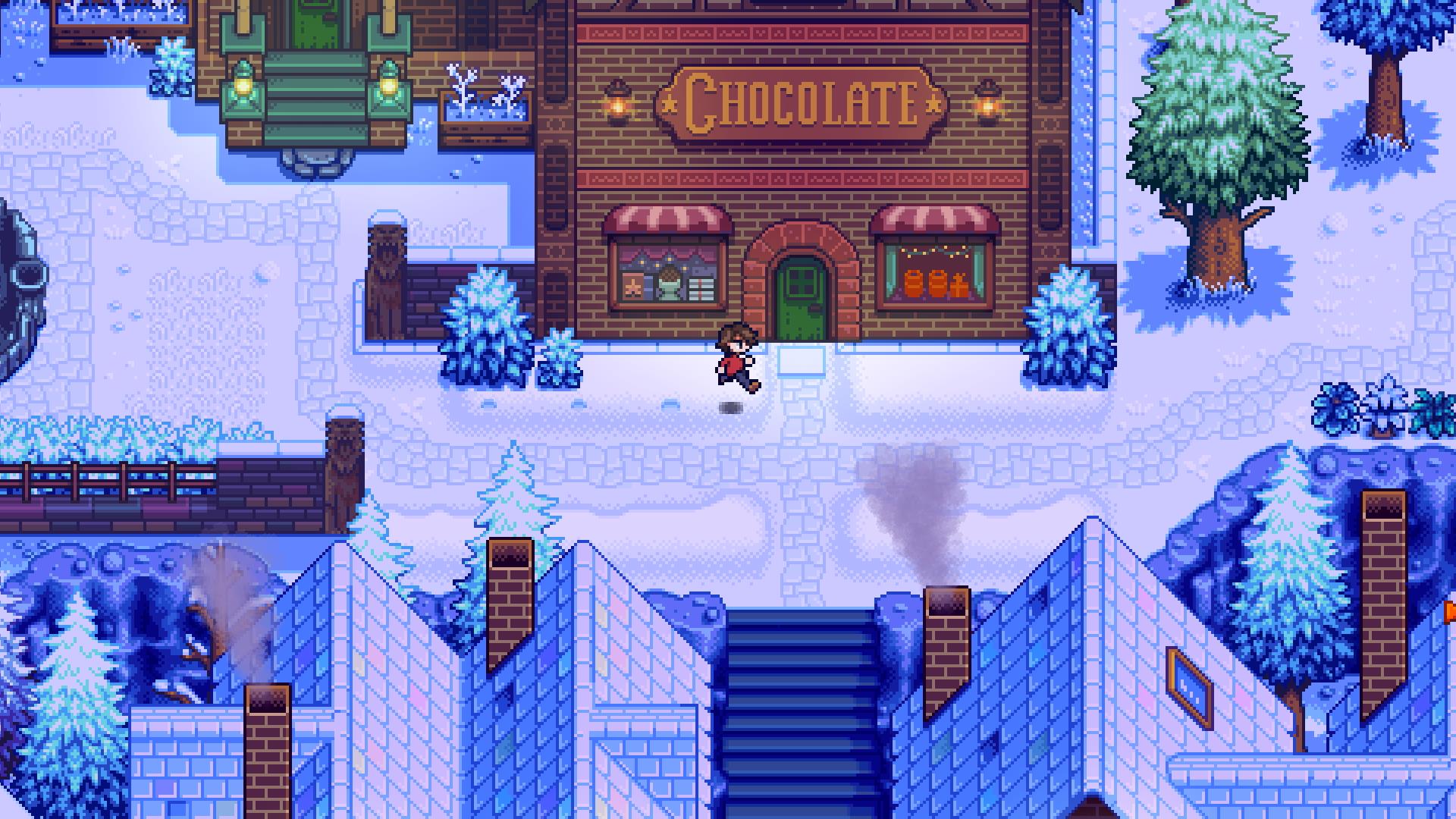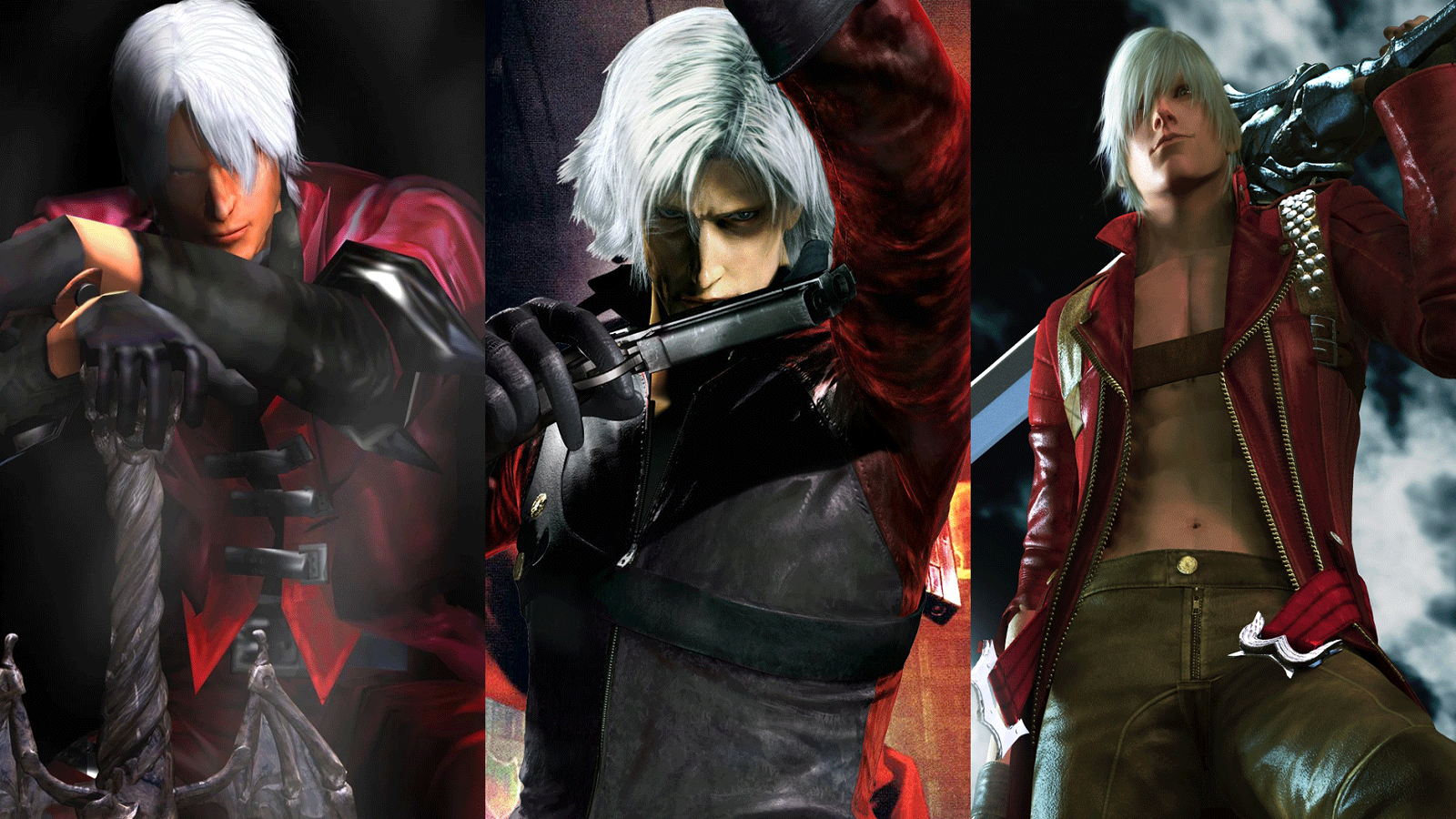Share
Good old GameCube. Like many Nintendo fans, the GameCube is one of my all-time favorite systems – especially since I didn’t grow up with it. My parents bought me a PS2 that generation, so I wasn’t truly exposed to the library until I got my Wii and started exploring this sixth generation system through backward compatibility. At that point, I could just enjoy the wonderful creativity of Nintendo’s output on the machine without concerning myself with the many issues the console had during its lifecycle. From oppressive game droughts to an unfair public perception for being too childlike (the Capcom five, Eternal Darkness and Geist would like a word), GameCube had an uphill battle during its period of commercial relevance, where the system was unfortunately commercially irrelevant in large part.
The GameCube’s market inadequacy can be chalked up to both divergent and intertwining problems, but one of the most critical began with the proprietary GameCube discs themselves. You’d think that Nintendo would’ve learned their lesson in the fifth generation. For those who are unfamiliar, Nintendo’s decision to use cartridges on Nintendo 64 cost Nintendo a lot of critical third-party support. PlayStation 1’s discs were much more friendly to developers, and this choice of format was a critical part of N64’s own struggles at retail.

So, in an attempt to rectify this situation in the sixth generation… Nintendo repeated the same mistake? In classic Nintendo fashion, the company came up with a lateral move that only halfway addressed their previous issue. The GameCube uses proprietary miniDVD technology under the guise of piracy protection but realistically as a cost-saving function. I’d argue that this may have been GameCube’s biggest misstep, beginning with the artificial storage disparity created by this choice.
the problems with minidvd technology
GameCube discs could hold only a fraction of the information that PS2 and Xbox discs could. As a result, compression was an absolute must in order to get titles to fit within GameCube’s roughly 1.4GB discs. Now, it’s unclear whether this was a root cause of GameCube’s lacking third-party support. The system’s best non-Nintendo games were largely exclusive (at least for a time, I’m looking at you, Capcom), and heavy-hitters like the GTA games skipped the console entirely. However, a lot of these games – GTA included – could’ve fit onto GameCube, and many others which exceeded the 1.4GB could’ve shipped on two discs. That’s exactly what Resident Evil 4 did, for example, before coming to PS2 on a single disc later.
From my research, it seems like this issue of disc space was more so an issue with respect to cutscenes and audio, the sorts of files which take up a lot of uncompressed space, instead of third-party ports overall. More likely, the lack of third-party support could be attributed to other market conditions like the system’s poor sales. Nonetheless, Nintendo certainly didn’t make courting third-parties any easier by choosing such a specific optical format. This choice had larger ramifications than just the game library though, as the decision to use miniDVDs meant that the GameCube couldn’t play regular DVDs.

Now, this may seem like a relative non-issue, but at the time, a good chunk of the PS2’s astronomical success early on can be attributed to its time moonlighting as a DVD player. DVD players were damn expensive in the early 2000s, and PS2 was a relatively affordable way to watch movies in this wild new format. While PS1 could play CDs, the inclusion of a DVD player in PS2 really popularized the notion of game consoles being multimedia devices. Nintendo missed that boat almost entirely with GameCube. There was the absurd and absurdly rare Panasonic Q GameCube which did have a DVD player built in, but that was certainly not an amicable answer to PS2’s out-of-the-box DVD support. By the way, if anyone has an extra $750 – 1000 that they’d like to give me so that I can buy a Panasonic Q…
On the whole, Nintendo’s decision to adopt this proprietary format just wasn’t smart. It was a decidedly Nintendo move – one that established an unnecessary hurdle. It was 2001’s version of the Nintendo Switch having voice chat through a mobile app. Completely avoidable mistakes are unfortunately Nintendo’s M.O. from time to time, as much as I wish that wasn’t the case. However, I might call the GameCube miniDVDs somewhat of a beautiful mistake, because I’d be hard-pressed to find better-looking game discs than these.
the stubborn beauty of gamecube
Nintendo went unnecessarily hard when designing the aesthetic for these discs. By and large, they use this wonderful semi-opaque design and vibrant color palettes. It’s such a pleasing and cohesive look that adds so much to GameCube collecting. This is the one system that I actively collect for, and it’s great fun to open up a new case to see its disc design. They’re so quaint and creative. While this is totally an unnecessary detail, it’s one that elevates the GameCube experience. While the system missed in many broad strokes, it got the little things right, such as disc art and even the GameCube handle. Yes, I’m a GameCube handle apologist.

And don’t even get me started on Japanese GameCube cases. These are easily my favorite game cases, period. They’re these compact little slip cases with beautiful illustrations and proportions that perfectly match the discs inside. I’m a sucker for these little creative touches, and that’s a core part of why the GameCube resonates with me so strongly. No other console’s discs are this unique (although I love a good smooth-edged Wii U disc) and that’s just one facet of GameCube’s ecosystem. These annoying little miniDVDs are emblematic of how fun the GameCube is in spite of the stubbornness which conceptualized it.
Sure, the GameCube may have been lacking when contrasted directly against its competitors. But in the absence of a more conventional optical format, we got the Nintendo version of it. In fact, that idea extends to the larger GameCube experience. Prior to Nintendo’s left-hand turn into the Blue Ocean with the Wii, the GameCube was arguably Nintendo’s last traditional console, but even that notion was colored by the company’s unique presence in the industry. GameCube was the console of Donkey Konga, not Guitar Hero. It was the home of Metroid Prime, not Halo. These aren’t value judgements, but instead illustrations of how Nintendo kept in closer step with their competition than they ever have since, but did so with a very distinct philosophy.

Of course, the excesses of that resulted in mistakes like these proprietary discs. But Nintendo’s largely uncompromising approach to this system is part of what makes it so special to me, in spite of the headaches caused by it. GameCube certainly caught too much flak during its time, but it was nonetheless rightly maligned for its clear missteps. But I’m glad to see its reputation change in hindsight. In 2021, the system has become rather beloved – even if this appreciation has taken on a bit of a revisionist history bent. The console certainly was not always the darling it is now, but hey, I’m not too bothered if we want to forget that.
Still, it’s important to remember where the GameCube fell short. Without that context, it’s impossible to truly appreciate what Nintendo was able to achieve creatively with their back against the wall. Decisions like the optical discs are in part symptomatic of the larger generational philosophy, but they’re also partially responsible for the tricky position that Nintendo found themselves in from 2001 to 2006. Regardless, now that we’re removed from those troubles, I can comfortably pop my Kururuin Squash! disc into my GameCube, admire its wonderful art, and enjoy the creativity that characterized this unforgettable library.




